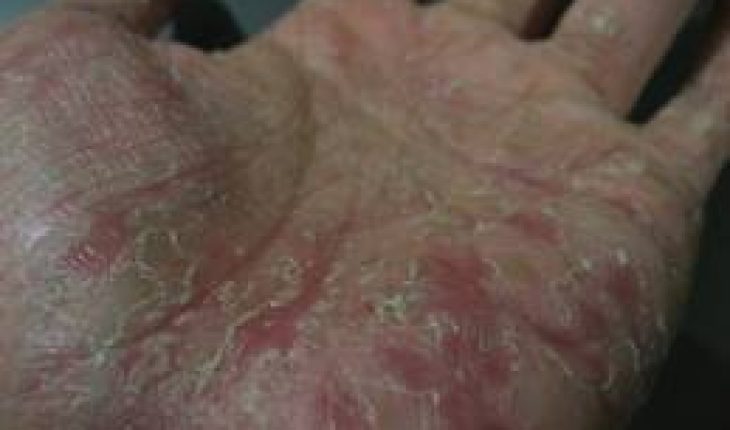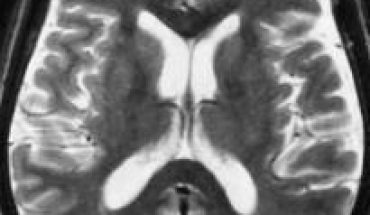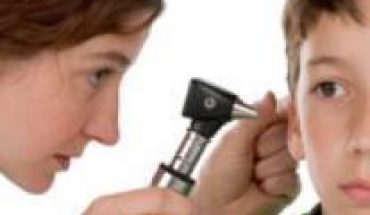Dyshidrosis is a condition which affects the skin causing small blisters with liquid to form on the fingers and palms of the hands or on the toes and soles of the feet, and sometimes both. This condition is also called dyshidrotic eczema, acute vesiculobullous hand eczema or pompholyx. The skin that is affected becomes inflamed causing the areas between skin cells to open and fill with fluid. The blisters last for approximately three weeks. They cause severe itching and when they dry out, painful cracks and grooves develop. The eruptions are usually seasonal.
Causes
The cause of dyshidrosis is not known but it is thought to be associated with another skin condition called atopic dermatitis and also allergic conditions like asthma. The name dyshidrosis is derived from the word dyshidrotic which means “bad sweating” since it was believed that that was the cause but this has not been proven. This further explains the link to stress since people sweat more in times of anxiety and stress.
Symptoms
The symptoms of dyshidrosis are:
- Small itchy bumps appear at first and then they turn into a rash with fluid-filled blisters or vesicles.
- Severe itching that causes great discomfort.
- Cracks on the fingers or toes or both.
- Pain especially when there are large blisters.
The following factors increase one’s risk of having dyshidrosis:
- Gender- females are more at risk for having dyshidrosis.
- Stress- dyshidrosis has been found to be more common during stressful periods.
- Exposure to metal salts- one can come in contact with chromium, cobalt and nickel during certain activities such as mechanical or cement work.
- Seasonal allergies- these tend to influence dyshidrosis. One example is hay fever.
- Exposure to moisture- when the skin is constantly exposed to water or sources of moisture, it is more susceptible to dyshidrosis.
Treatment
Dyshidrosis is not life threatening nor contagious. Having dyshidrosis will however cause the use of one’s hands to be limited. It is also itchy and painful and therefore treatment is absolutely necessary. Dyshidrosis is treated with topical creams, wet compresses and ultraviolet light therapy which aim to improve the appearance of the affected areas and to ease the symptoms. Antihistamines, immune-suppressing ointments or botulinum toxin injections may be administered. Oral steroids are used in severe cases to relieve the itching and rashes. It must be noted though that they may cause the skin to become thin.
If you notice a rash on the hands or feet that does not disappear by itself then you should see a doctor.
Tips for dealing with dyshidrosis
- Do not scratch the rash.
- Limit skin exposure to water.
- If going through stress, try to find ways to distract you from the cause of your stress like watching a movie.
- Use moisturizing hand cream after washing hands.
- Protect hands from irritants by wearing gloves.
- Soak in sea or Epsom salts.
- Soak in white vinegar.
- Apply Aloe Vera or lavender oil to the affected areas after washing.





